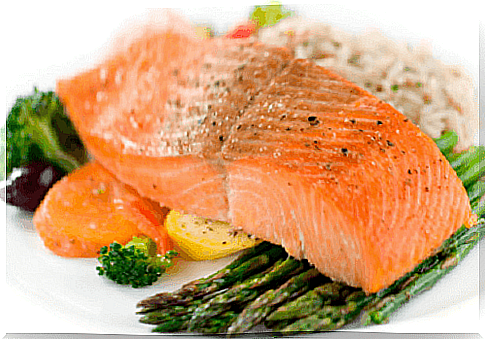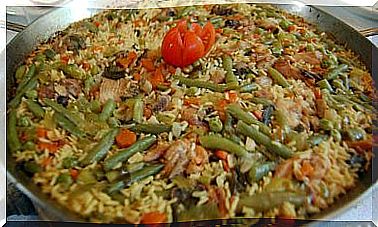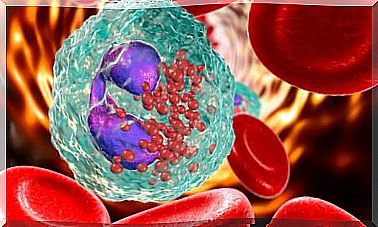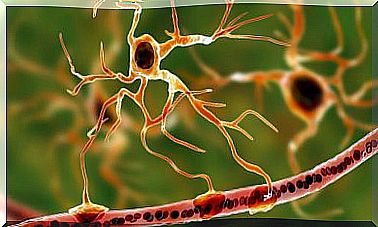Calcium-rich Foods For Lactose Intolerant
Not all calcium comes from dairy. If you are lactose intolerant, you can eat other foods rich in calcium.

Calcium is the most abundant mineral, and perhaps the most important, found in the human body. It can be obtained through food and, therefore, it is important to include foods that contain it in the diet.
However, it must be borne in mind that dairy products – although they are the most popular options – are not the only ones that can be chosen. Thus, there are different alternatives to yogurt, cheese, milk and the like.
Here are some foods rich in calcium that you can include in your diet to balance it. You will see that they are options that can be equally recommended for people with lactose intolerance, for example.
Functions of calcium in the body
According to data provided by the Office of Dietary Supplements of the National Institutes for Health , the recommended daily intake of calcium depends on the age of the person and ranges from 200 to 1,300 mg. For an adult it should be 1000 mg. This must be consumed through food or, if the case requires it, through supplements.
Calcium is a mineral that fulfills certain functions:
- Regulates the diameter of blood vessels.
- Helps muscles and nerves work properly.
- It is the basic element to build and maintain bones and teeth in good condition.
- In addition, it allows cells to transmit signals to each other and to the brain.
Oranges and figs, the most recommended fruits with calcium

According to the Association of Lactose Intolerant of Spain (ADILAC), the fruits with the highest level of calcium are dehydrated figs. These contain 170 mg per 100 grams, which makes them a highly recommended fruit for lactose intolerant.
Oranges, on the other hand, are quite associated with the contribution of vitamin C to the body, but this is not their only benefit. According to experts from the Spanish Nutrition Foundation (FEN), a single orange contains 36 mg of calcium, which also makes it a very good alternative.
Salmon and sardines, two sources of calcium from the sea

Again, according to data from the Office of Dietary Supplements , salmon and sardines are the two types of fish with the highest calcium content. For canned bone-in sardines, three ounces provide an average of 325 mg of calcium. This represents 33% of the recommended daily calcium intake for an adult.
It has been proven that the bones of the so-called “soft bone fish” contain a large part of the calcium supply of this food. In addition to the great contributions of calcium that this fish offers, it can be prepared in different ways to enhance its flavors.
In turn, consuming three ounces of salmon would provide 181 mg of calcium or 18% of the minimum required by the body. In addition, salmon is very rich, it can be prepared in the most diverse ways. Its consumption is highly recommended by the Spanish Heart Foundation (FEC) to maintain heart health and increase the intake of healthy fats.
Tofu, another of the foods rich in calcium
Tofu is a source of plant protein and another of the most prominent calcium-rich foods. It works as a substitute for cheese or meat for vegans or lactose intolerant, since it is composed of soy.
However, it is important that it has been supplemented with calcium sulfate salt. Otherwise, this tofu will not be a significant source of calcium.
Half a cup of calcium-enriched tofu has (approximately) 253 mg of calcium, which corresponds to 25% of the daily calcium requirement.
Final note
As you have seen, it is possible to obtain the necessary calcium to supplement the diet with other food sources. Therefore, do not limit yourself only to the consumption of dairy products.
People with lactose intolerance do not have to suffer from a calcium deficiency if they maintain a balanced diet, with other sources of this mineral, such as fish, fruits and the other foods mentioned.
In case of doubts, you can always consult with your doctor or nutritionist to tell you what else you should include in your diet, in what quantity and why.









